
views
Getting in the Starting Position
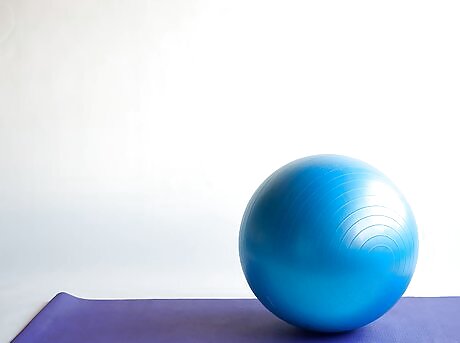
Consider the amount of space being left when resting your exercise ball down.
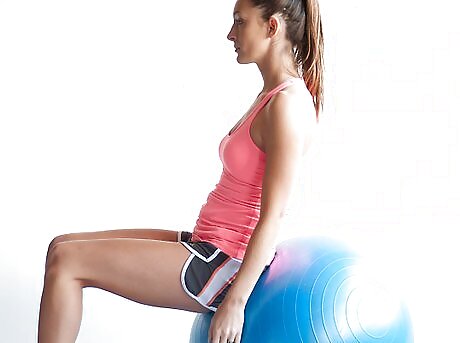
Sit down on the exercise ball with your legs in front of you, knees bent and feet on the ground. Walk yourself forward slightly if you're not comfortable, but don't fully lean back against the ball. With your arms resting at your sides you should now be in a neutral position.
Performing the Exercise: Warm-Up 1
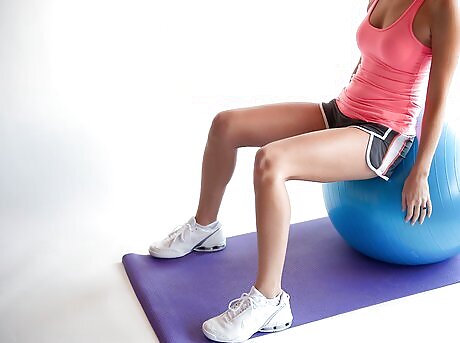
Spread your legs further apart from each other to stabilize yourself.
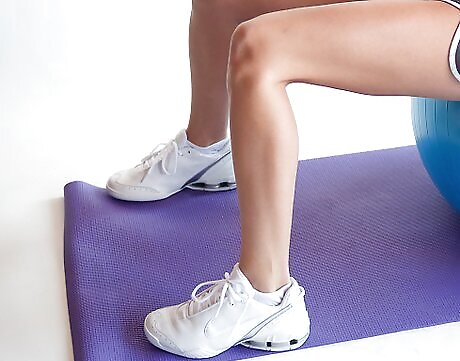
Start pushing and releasing with your feet so that you bounce up and down on the exercise ball. This should activate your calf muscles, thighs, and glutes.
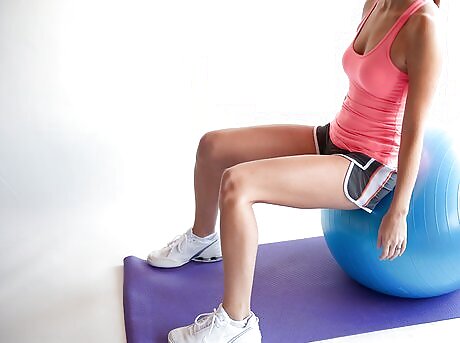
Return to the neutral position once you've done between 50 and 100 repetitions, or more if you would like.
Performing the Exercise: Warm-Up 2
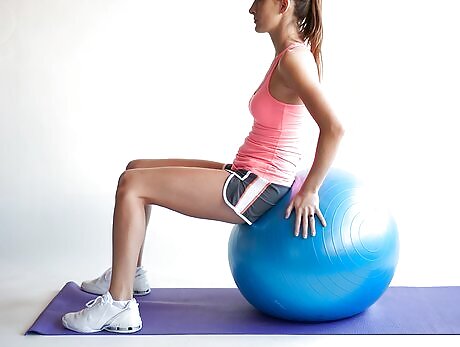
Place one of your hands next to you on the ball to give yourself a better sense of balance.
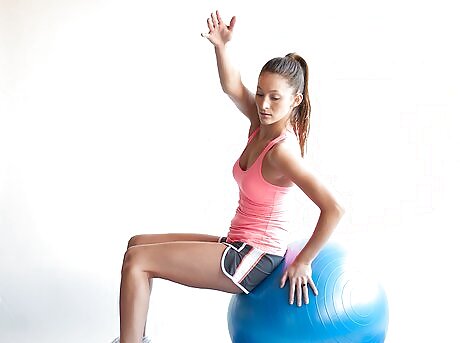
Reach upwards and diagonally with your other arm, stretching it so it goes across your face.
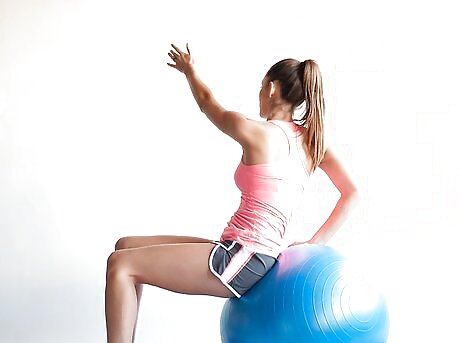
Quickly switch arms and stretch in the opposite direction, so that it's all one smooth movement.
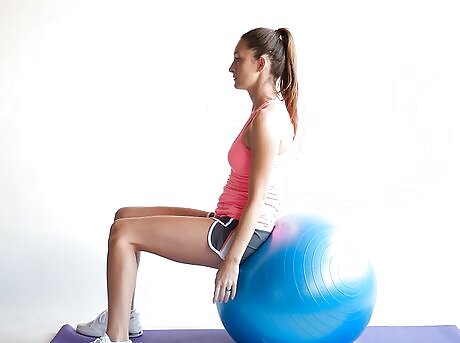
Return to the neutral position once you've done between 25 and 50 repetitions, or more if you would like.
Performing the Exercise: Warm-Up 3
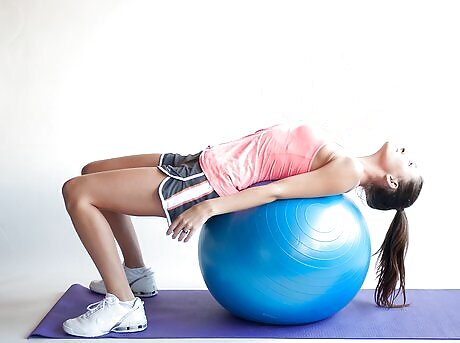
Lean back so that your back arches over the ball.
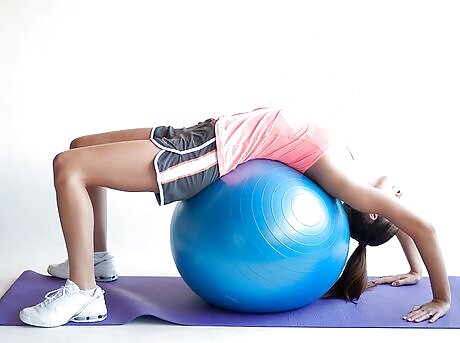
Keeping your feet anchored, try to reach so that your hands touch the ground behind you. Imagine you're doing a regular bridge exercise; the only difference is the addition of the exercise ball. Do this exercise for 30 seconds to 1 minute, or however long you can hold this position without pain. The ball allows you to have more support for your lower spine as you bridge. It can also challenge your awareness of pelvic neutral and help you become aware of dominant sides or imbalances.










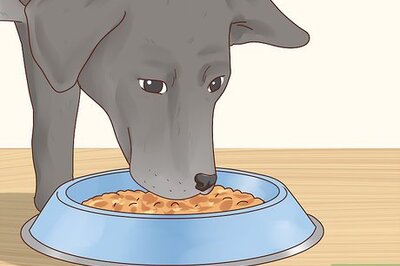








Comments
0 comment